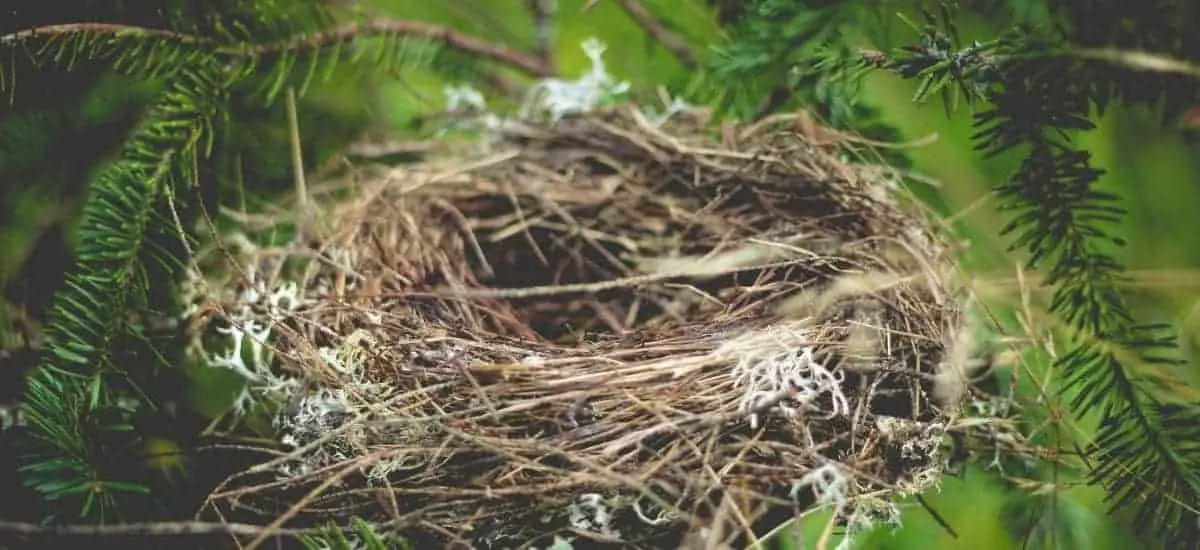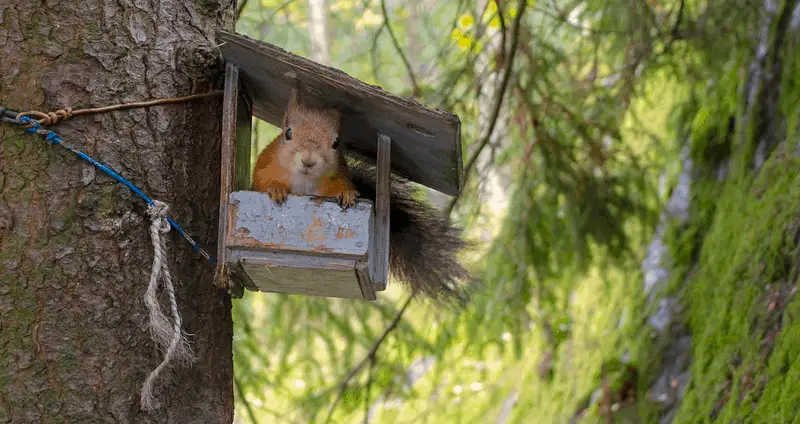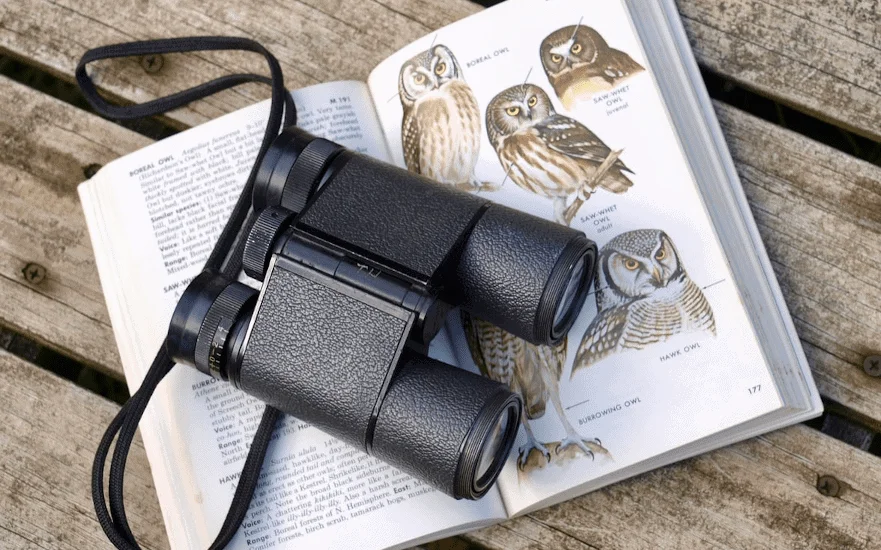
First ensure that it is legal to remove the birds nests. An empty and abandoned birds nest can be removed safely by using protective gloves and masks and cleaning products. If the nest is active but needs to be removed you must use professional help otherwise you might be liable to fines and other penalties.
For the most part, birds perform an exemplary job of keeping away pests such as insects from the home and surrounding property. However, when a bird’s nest is located in a vent, gutter, or drain, then removal becomes necessary. It’s also true for nests where bird droppings can land on your vehicle and damage the paint. Plus, some birds make a considerable amount of noise which can be most annoying.
Before removing the nest, make sure that the birds are not protected by environmental laws. There are certain species of birds that are protected, so be sure that you can legally remove the nest before doing so. Once you are ready, here is what you need to do in removing a bird’s nest.
Are you allowed to remove a bird’s nests?
Depending on where you live, national, regional and local laws may change regarding the removal of a bird’s nests. In the United States, the removal of a bird’s nests that is home to a native species of birds is illegal and can lead to hefty fines among many penalties. Nests of birds such as house sparrows and European starling can be removed because they are considered invasive.
If a nest has clearly been abandoned or if there have been no eggs laid then this it is legal to remove. Follow the rest of the article on how to do this safely.
Whatever the situation, please take care and research the nest well before taking any action. Birds nests are essential for the raising of baby birds so ensure a nest is abandoned before removing it.
How to remove a bird’s nest safely?
1. Wear Protective Clothing, Gloves, & Mask
The nest area will most likely contain parasites, ticks, and various microorganisms that can cause you to become sick fairly quickly. With the number of communicable diseases that such organisms contain, you will want to carefully handle the nest and clean yourself along with your clothing and gloves afterward. Get rid of the mask and ensure no one else comes into contact with it.
2. Wait Until After Nesting Season
Identify the type of bird, find out when it has its nesting season, and remove the nest well after it is over. A good time to remove most nests is mid to late fall and late winter. Remember that most nests will be abandoned after a few weeks depending on the species of the bird.
A songbird is generally ready to leave within a month. But a raptor may stay for up to two months or longer. This means that it can be somewhat daunting to remove a nest during nesting season if you have not observed the birds.
3. Thorough cleaning
If you have removed a nest from your house then you should ensure that you have cleaned the area well and thoroughly. Feces, parasites, and diseases may still cover the area where the nest once was. We recommend mixing 9 parts water with 1 part bleach and giving it a good soaking and scrub.
What if the nest is active but must be removed?
If the nest is active and must be removed, then call the professionals. Quite often, exterminating companies are equipped to safely remove and relocate a bird’s nest all for a fee. That is why if you want to save money, you should inspect your home regularly and spot any nest building before it becomes complete, so you can do the job yourself.
If you’re having trouble finding out if a nest is occupied or which species of bird it is home to then professional help should be your course of action. Always be on the safe side, do not risk removing a nest unless you are very confident that it okay to do so.
How can I stop birds from nesting in unwanted places?
1. Catch a nest before it’s fully built
The most opportune time is to remove the nest before it is completed. This will have the bird find another location for their nest. If it is too late and the bird and eggs are in the nest, you will need to wait until they are both gone before removing the nest. This means that you may have to live with the birds for a while, but removing an inactive nest is far easier and safer compared to an active one.
2. Netting/Meshes
A good, strong polyurethane net. is easy to install and can cover the entire area which prevents the birds from landing, much less taking up residence. Cheap and reliable this solution will likely solve some areas that are popular nesting spots.
An alternative would be to use a mesh in a similar way. Both solutions are effective and subtle, they do not affect the aesthetics of your house at all. The only downside is that netting does not last as long as mesh, so it will need to be checked and replaced from time to time.
3. Animal Decoy
An oldie but a goodie, the owl decoy is one of the simplest, yet most effective ways to keep birds from nesting. Most decoys are fairly inexpensive and often just the shape of an owl is enough to do the job. The only issue is that if the decoy stays in one place too long, the birds will think it is dead. So, you will have to move it around which may not be all that practical.
4. Spikes
While spikes alone may not be enough and can be unsightly, they work well in conjunction with mesh to keep the birds away. If you line a popular nesting area with stainless steel spikes and add then add a blanket of mesh the birds should not even land on your home. Spikes are also simple and straightforward to set up but are not the prettiest of home decorations, so keep that in mind.
Remember to be careful when removing a nest, even an empty one from your home. Once the nest has been removed, clean the area and take steps to ensure that birds will not build a nest in that location again. If you have any concerns or doubts about removing a bird’s nest, contact the local wildlife control experts and have them take care of the problem.

More Articles.

How to keep rats, mice and squirrels away from your bird feeder?
If you love bird feeders, then you know one of the tasks of any bird

Best Binoculars for Bird Watching 2020
Article Summary: Best Budget Binoculars: Nikon 8250 Aculon 16×50 Best Mid-tier Binoculars: Nikon Monarch 5

About Us
We are avid bird-watchers who recently retired, allowing us more time to travel the world. Fortunately, we have managed to visit numerous countries around Europe, Asia, and America. Watching and photographing birds has been a passion for many years and we are making the most of the extra time on our hands!



